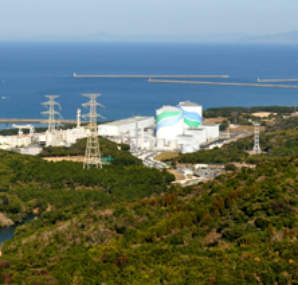Japan's Nuclear Regulation Authority (NRA) has approved Kyushu Electric Power Co's management plans, which are required to operate unit 1 at the Sendai plant in Kagoshima Prefecture for more than 30 years.

Japan’s Nuclear Regulation Authority (NRA) has approved Kyushu Electric Power Co’s management plans, which are required to operate unit 1 at the Sendai plant in Kagoshima Prefecture for more than 30 years.
The approval came days before the unit’s planned restart on 11 August under the stricter safety requirements imposed after the 2011 Fukushima nuclear disaster. It will be the first Japanese reactor to restart after the accident. NRA endorsed the plans even though Kyushu Electric has not yet completed all of the required procedures, including evaluation of the quake-resistance of some ageing instruments.
Japanese power companies wanting to operate nuclear power plants for more than three decades are required to draw up long-term measures to ensure the safety of ageing plant equipment. NRA has allowed Kyushu Electric to delay completing the remaining steps for one year, saying the long-term measures can be approved after the 31-year-old unit goes back online. The Sendai plant was the first nuclear facility in Japan to meet new safety standards created in the wake of the Fukushima nuclear crisis, a process necessary before a reactor can go back online. Safety reviews for restarting reactors are conducted separately from those required for long-term operations.
Kyushu says starting Sendai 1 will help it reduce costs incurred from burning fossil fuels by about $60m a month. Kyushu said it made a profit in the three months through June 30, after four years of annual losses. The 890MWe reactor will take about 12 hours to go critical after the start-up begins, with power output to begin after two or three days, a spokeswoman said. After it reaches full power in about 10 days from restart, regulators will make final checks before it starts commercial operation in September.
Kyushu also aims to have Sendai 2 operating by mid-October. It said earlier that with both reactors operating, it would save about JPY15bn ($121m) in fuel costs a month, mainly by using less oil and LNG.
